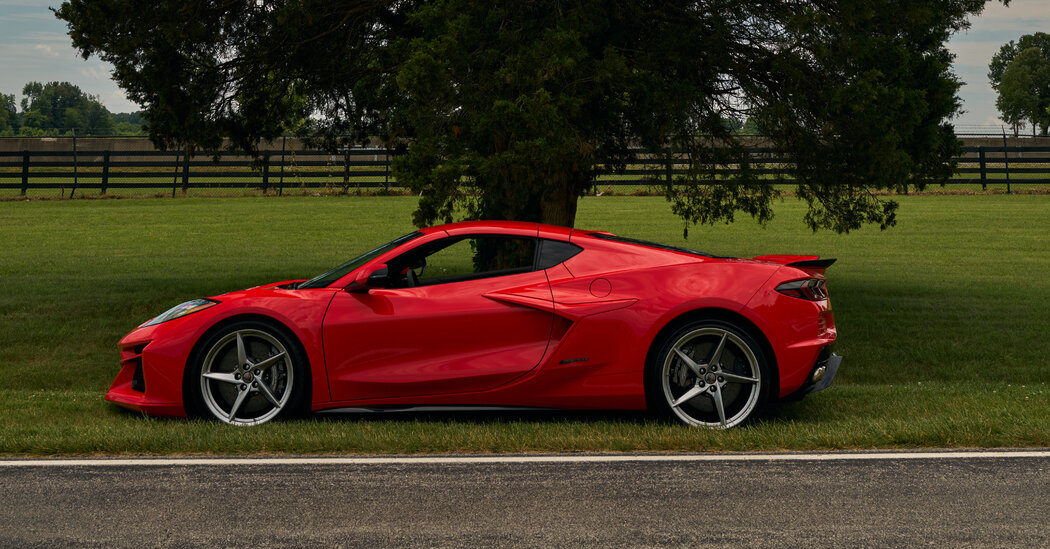Sales of sports cars have been steadily declining for about three decades, but there has been one exception to that trend. The Chevrolet Corvette has recently stormed back to near-record popularity.
Like the company that makes it, General Motors, the Corvette must now slalom around a trickier obstacle: transitioning to an electrified lineup, even as most sports-car buyers insist they have no interest in switching from gas pumps to plugs.
G.M. sold 53,785 of the eighth-generation Corvettes, or C8s, worldwide last year, just 22 shy of its top sales year in 1979. Americans bought about 34,000 of those, including Stingray coupes that start from $66,000, nearly twice as many Corvettes as they bought in 2019.
The car’s revival has been driven by a change that may not seem a big deal to the average commuter. After seven decades as a classic front-engine two-seater, Chevrolet moved its V-8 behind the passengers, a midengine design typically associated with supercars from Ferrari or Lamborghini. Engineers at G.M. chose the $250,000 Ferrari 458 Italia as a target in performance and technology.
Alexander Edwards, president of Strategic Vision, a marketing research company, said the Corvette’s more exotic recent design, relatively affordable prices and unapologetic attitude had driven its success.
“They delivered an authentic sports car, and that authenticity is such an important part of the purchase decision,” Mr. Edwards said.
